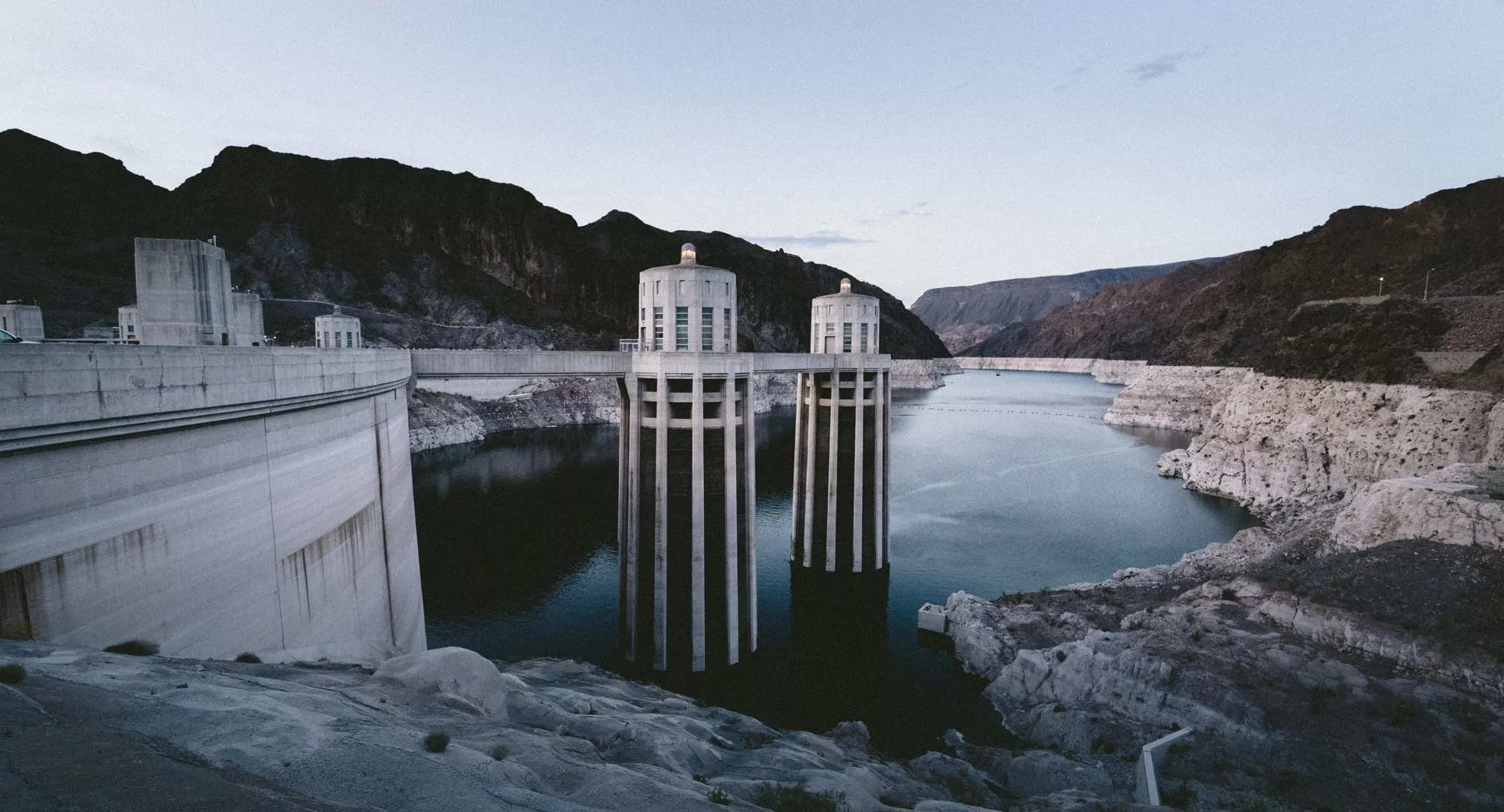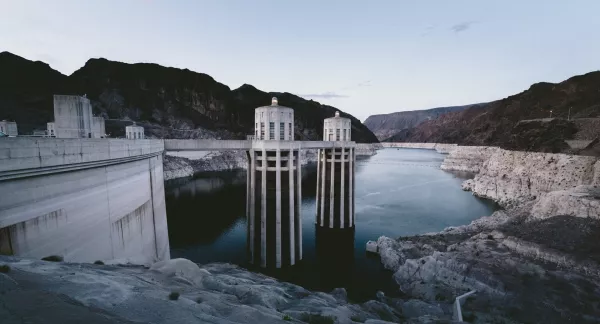
Conveyance Asset Prediction System (Caps): Modeling and Mitigation
Abstract
This research sought to develop a tool, as well as measures and techniques for improving the assessment and proactive planning for corrosion, odor, and greenhouse gas (GHG) evolution in sewer collection systems. A predictive model for a system-wide estimate of GHGs was developed to create comprehensive planning tools that holistically evaluate a utility’s collection system to help make decisions, adopt mitigation methods, and implement capital programs in a coordinated, prioritized, science-based approach. It is important to understand and address the physical, chemical, and biological influences in the sewer within a single, comprehensive model. The research team calibrated such a model based on collected full-scale data from a segment of DC Water’s Potomac Interceptor regional sewer.
In addition, the project addressed production of methane (CH4) in sewers and its potential contribution to the overall GHG emissions inventory, which the Intergovernmental Panel on Climate Change (IPCC) and other GHG accounting protocols have determined can be ignored in developed countries. The results of this research are based on a single sewer collection system that contradict that assertion. The research is based on full-scale sewer data collected from DC Water’s Potomac Interceptor and is used to calibrate a biological sewer process model. That model is used as a basis to develop a simplified methodology for estimating gravity sewer CH4 production. Published in 2020.
Originally funded as WERF project U5R12.

